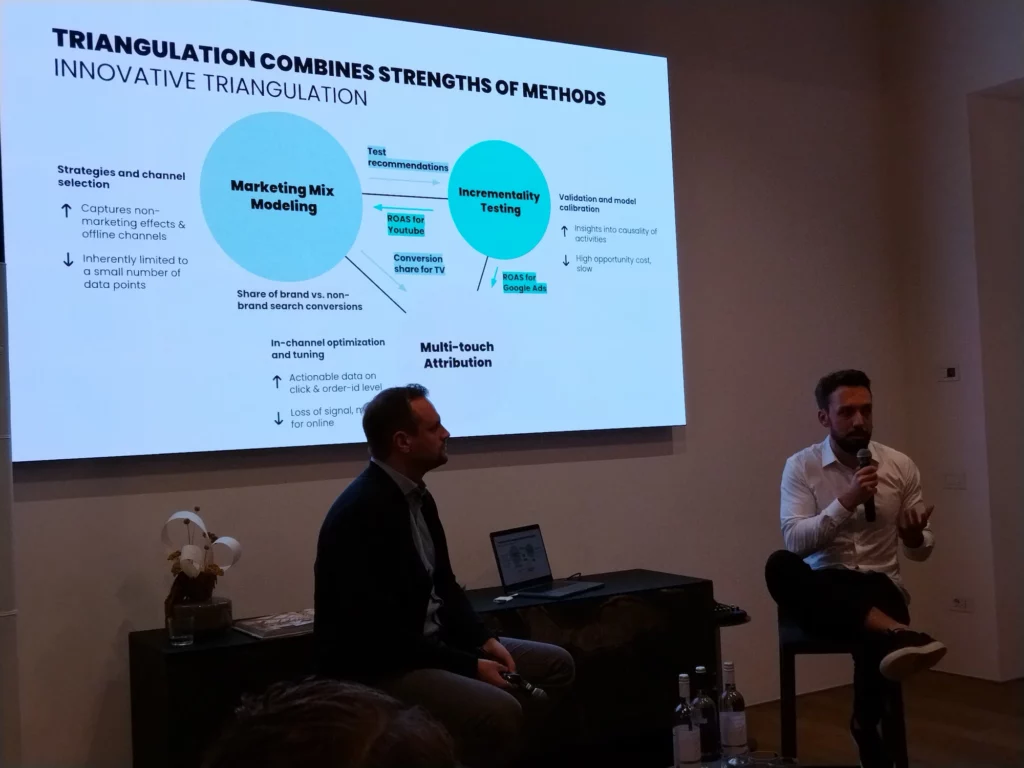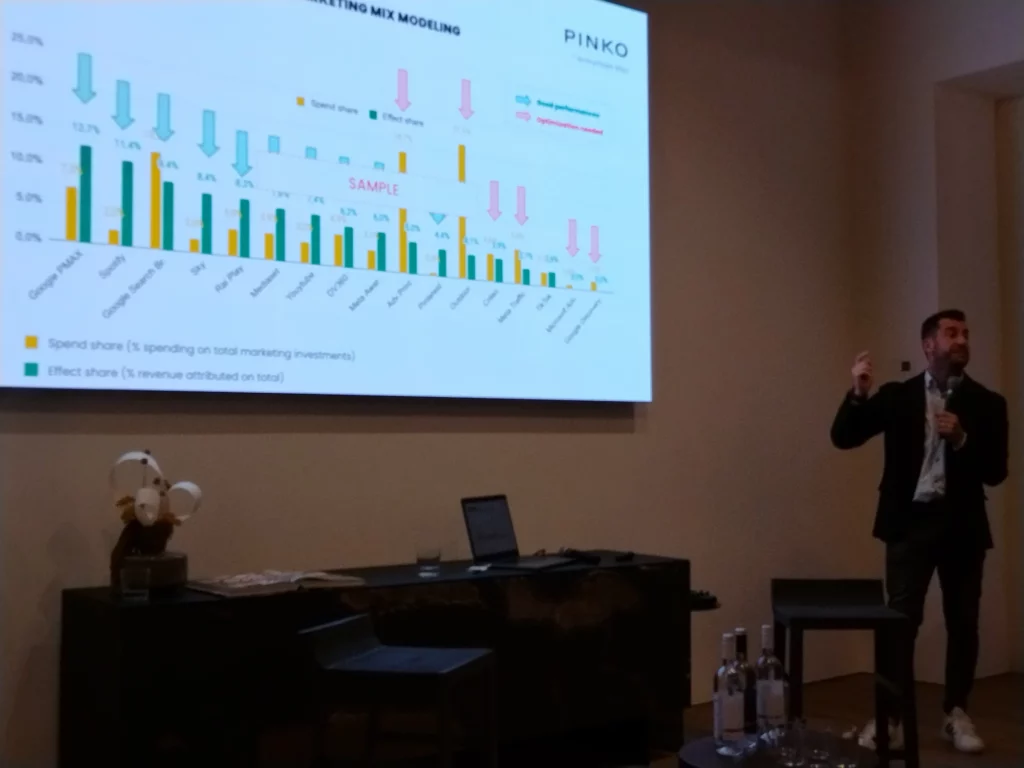Every marketing campaign has a goal in mind, the difficult part is to measure if the campaign as reached its goal.
When Fashion brands launch a marketing campaign generally have one goal in mind: create brand awareness and positioning in a specific geographic area.
The way that Fashion brand try to achieve this goal is by creating stunning images that mirror their target customer set of values. Depending on the type of person they could try to reach people who believe in:
- Status (rich, luxury)
- Fashion trends (trendy, fashionistas)
- Independent thinkers (originality, trend setters, early adopters)
- Other consumptions styles

Image by https://www.facebook.com/seenoutdoor/
The marketing mix in the last years has become multi channel with the addition of digital channels and other touch points to the marketing mix
Traditional & new fashion marketing channels
Traditional marketing channels
- Paper magazines such as Vogue, Elle and newspapers (NY Times, Le Figaro, Corriere della Sera)
- Outdoor or Out of Home
- Organic PR on Newspaper and Magazines (editorial features)
- Product placement, VIP gifting
- Bricks and Mortar retail stores (in fashion streets of main cities such as Via Montenapoleone in Milan, Italy)
New marketing channels
- Digital Advertising on Search Engines and online Magazines
- Social Media Paid and Organic
- Community management and Review
- Digital Touch points in stores
- Customer service and online chats
So how do we measure which channel is bringing results? Which channel is more effective? Which channel is driving sales?

The introduction of marketing mix modeling
Problems Marketing Mix Modeling Solves
Marketing Mix Modeling (MMM) is a powerful statistical technique that helps marketers understand the impact of various marketing channels on sales or other key performance indicators (KPIs). It addresses several key problems:
- Quantifying the Impact of Marketing Channels:
- Attribution Challenge: Traditionally, it’s difficult to pinpoint the exact contribution of each marketing channel to sales. MMM helps assign credit to each channel based on data analysis.
- Measuring the Effectiveness of Marketing Campaigns: It evaluates the effectiveness of different marketing campaigns, such as TV ads, digital campaigns, and promotions, to determine which ones yield the highest returns.
- Optimizing Marketing Budgets:
- Allocating Resources: MMM identifies the most effective marketing channels and helps allocate budgets accordingly.
- Identifying Inefficiencies: It helps identify underperforming channels or campaigns that may be draining resources without significant returns.
- Forecasting Future Sales:
- Predicting Trends: By analyzing historical data, MMM can predict future sales trends based on different marketing scenarios.
- Planning Marketing Strategies: This information helps marketers plan future marketing strategies and budget allocations.
- Measuring the Impact of Marketing on Brand Health:
- Understanding Brand Perception: MMM can help assess how marketing efforts impact brand perception, customer loyalty, and brand equity.
Why Was It Invented?
MMM was invented to address the limitations of traditional marketing analytics, which often relied on intuition and anecdotal evidence. Marketers needed a more rigorous and data-driven approach to:
- Measure the true return on investment (ROI) of marketing activities.
- Make informed decisions about budget allocation and media mix.
- Optimize marketing strategies for maximum impact.
- Understand the long-term effects of marketing campaigns.
By quantifying the impact of various marketing channels, MMM provides valuable insights that enable marketers to make data-driven decisions and improve overall marketing performance.
What is the role of AI in Marketing Mix Modeling?
AI plays a crucial role in enhancing the capabilities and efficiency of Marketing Mix Modeling (MMM). Here’s a breakdown of its key contributions:
1. Data Processing and Analysis:
- Data Cleaning and Preparation: AI algorithms can automate the tedious task of cleaning and formatting data from various sources, ensuring data accuracy and consistency.
- Feature Engineering: AI can identify relevant features and create new ones from existing data, leading to more robust and predictive models.
- Advanced Data Analysis: AI-powered techniques like machine learning and deep learning can uncover complex patterns and relationships within the data that might be missed by traditional statistical methods.
2. Model Building and Optimization:
- Automated Model Selection: AI can evaluate different model structures and select the most appropriate one based on performance metrics.
- Parameter Tuning: AI algorithms can automatically optimize model parameters to improve accuracy and predictive power.
- Continuous Model Improvement: AI-driven feedback loops enable continuous model refinement and adaptation to changing market dynamics.
3. Predictive Capabilities:
- Forecasting: AI-powered MMM models can generate more accurate sales forecasts by considering a wider range of factors and incorporating real-time data.
- Scenario Planning: AI can simulate different marketing scenarios and predict their potential impact on sales and revenue.
- Dynamic Optimization: AI can optimize marketing budgets and channel allocations in real-time based on changing market conditions and performance metrics.
4. Personalization and Targeting:
- Customer Segmentation: AI can identify granular customer segments based on their preferences and behaviors, allowing for more targeted marketing campaigns.
- Dynamic Content Creation: AI can generate personalized marketing messages and content tailored to individual customers.
5. Ethical Considerations and Bias Mitigation:
- Fairness and Bias Detection: AI tools can help identify and mitigate biases in data and models, ensuring fair and equitable outcomes.
- Transparency and Explainability: AI-powered MMM models can provide insights into the decision-making process, increasing trust and accountability.
By leveraging AI, marketers can unlock the full potential of MMM, gain deeper insights into their marketing strategies, and make data-driven decisions that drive business growth.



